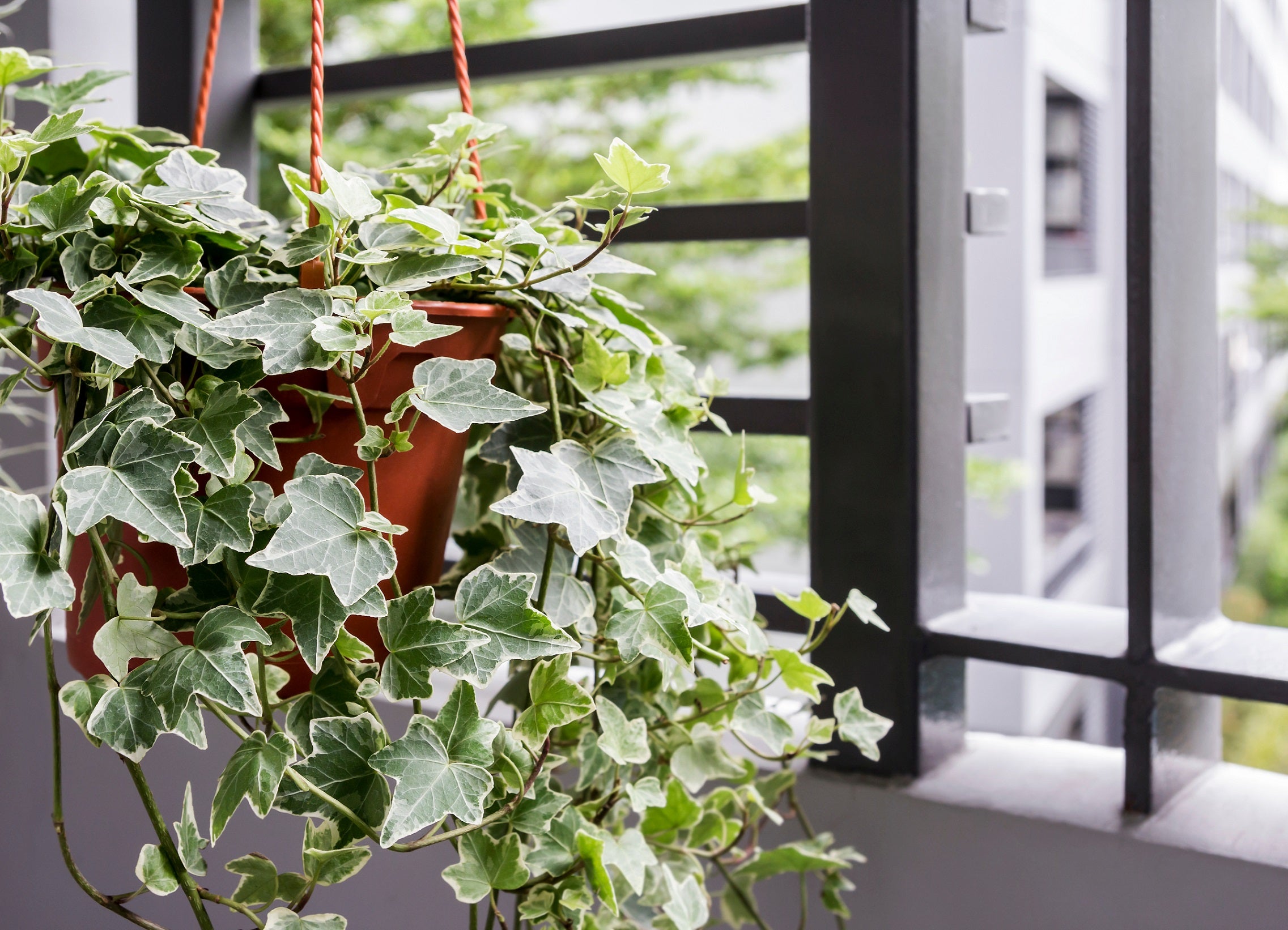Pumpkin is a familiar sight in Indian kitchens. Everyone cherishes the fiery curries and nutritious dishes prepared with little or no fuss using this much-loved vegetable. The delicious pumpkin also keeps you healthy by supplying your body with a host of nutrients.
It comes loaded with Vitamin A and potassium. Besides, Pumpkin is a good source of fibre, making it a value-add to your diet.
Why queue up to buy pumpkins from the market when you can grow them in your backyard? Ensure a ready supply of pumpkins by planting them at home instead. Here are some tips!
To grow pumpkins, you do not require a lot of space. Sow a few plant seeds in a small strip of the kitchen garden or drop a few in a compost heap. The plant will start growing in no time.
The pumpkin plant is best left to spread on the ground as the full-grown vegetable is too heavy to hang from a trellis. Therefore, you don't require a trellis to support the growing vines.
Like most garden vegetables, the pumpkin plant thrives in bright sunlight. But most importantly, don't forget to adequately water your precious plant.
Before growing pumpkins, it is crucial to understand a few points about growing plants for the home garden. Here are some tips:
Soil
The best soil for growing plants, especially pumpkin and other cucurbits, are acidic or neutral with a pH of 7. You must prepare the soil meticulously, ensuring that it remains moist without being soggy. Select a sunny spot to sow the seeds. Add neem solution to the soil to keep insects away. In addition, mix wood ash with rotting manure. Lastly, raise the soil slightly and create a depression at the centre to form a rounded base. This spot will be ideal for sowing the seeds.

Sowing
Be sure to soak the pumpkin seeds in warm water a day in advance. Consider sowing the seeds in a nursery before transplanting the vines to the prepared bed. Alternatively, you may sow the seeds directly into the prepared soil. Ensure at least 3 feet of space between the vines to facilitate propagation. When planting the seeds on top of a soil ridge, press the mound and insert the seed an inch into the soil.
Lunar Phase
To grow a pumpkin plant properly, sow the seeds at the right time. Agriculturists recommend studying the phases of the moon before planting the seeds. For best results, plant seeds during the second phase. The intensity of moonlight increases during this phase and the gravitational pull is minimal.
Pollination

You will find both male and female pumpkin flowers on a single plant. Often, pollination occurs via insects. You don't have to do anything. In rare cases, pollination is done manually. To ensure perfect pollination, here are two tips:
- Identify the female flower.
- Vigorously rub the male flower over the identified flower to transfer pollen.
Harvesting
Almost all pumpkin varieties ripen on the vines and are ready for harvest within three months.
Growing Pumpkins in Containers

The pumpkin is a huge vegetable that requires a lot of space to grow to its full weight. While growing pumpkin indoors is not an ideal option, it is the only choice when you do not have a garden. In this case, sow the seeds directly into the soil and put them into a 30-litres container. Make sure that you sow seeds that would yield small-sized pumpkins. Alternatively, use a 50-litres to a 60-litre container for growing larger pumpkins. Check out the table below for more information on growing pumpkins indoors:
|
Important Information |
Ideal Value |
|
Growing Temperature |
23-32 °C |
|
Germination Temperature |
30-32°C |
|
Germination Time |
7-12 days. |
|
Soil pH |
6.0 to 6-8 (7 is neutral and ideal). |
|
Sunlight Need |
6-10 hours per day. |
|
Preferred Planting Method |
Direct sowing. |
|
Container size |
30-60 litres depending on the variety. |
|
Time to Harvest |
60-130 days from germination. |
|
Harvest Period |
30-40 days for the first crop. |
|
Pollination |
Bee pollination or hand pollination. |
|
Pests Affecting Growth |
Ants, Aphids, Squash bugs, Leaf Minor. |
|
Best season to plant in India |
Summer and monsoon. |
Caring for the Pumpkin Plant
The growing vines don't need round-the-clock care once the seeds are planted properly. However, the following steps will ensure a good yield and that the pumpkin develops properly.
- Use organic mulch around the newly sprouted seeds to limit the growth of weeds.
- Pull out the weak seedlings at the earliest.
- Trim the vines regularly and remove the yellow leaves from them.
- Use a drip tube for watering the vines.
- Water the pumpkin plant in the evening.
- Do deep drenching to remove excess water from the soil.
- Use organic pest repellents by spraying the vines.
- Use compost tea or wood ash/organic products to nourish the vines.
Conclusion
While most vegetables, including pumpkin, should be planted during the monsoon, you can plant them throughout the year by noting and following the dos and don’ts.
Visit Ugaoo.com to explore a variety of indoor plants and for sourcing plant care essentials. Also, don't forget to check out the available planters.
Read More:-
















